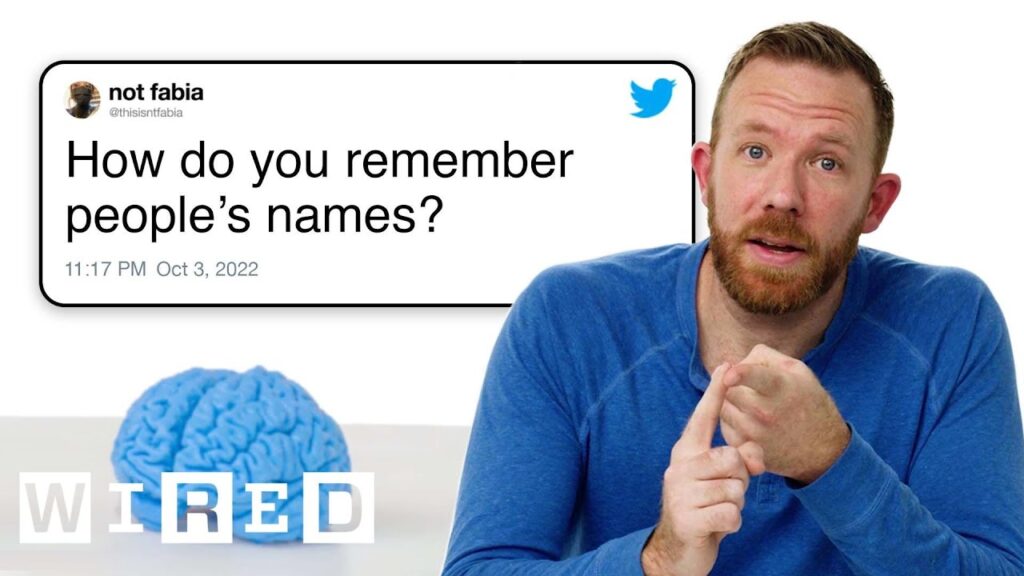Unveiling the Wonders of Insects: Q&A with Entomologist Samm
Summary
Entomologist Samm answers various questions about insects through his Twitter account. In this article, we’ll explore the topics he talks about, such as how insects breathe, the mating habits of cicadas, and the importance of bees in pollinating plants. We’ll also learn about edible insects, the threat of the murder hornet, and the vital role of squash bees in pollination. Finally, we’ll discuss the kissing bug and the proper protocol for individuals who encounter it.
Table of Contents
- Why do insects breathe through spiracles on their bodies?
- Why are roaches temporarily white after molting?
- How do cicadas coordinate and mate despite being clumsy and losing their genitals to a fungus?
- Are edible insects a viable food source?
- Why are bees important for pollinating plants?
- What is the threat of the murder hornet to native bees?
- How do crickets hear with their knees?
- Who are squash bees, and why are they important pollinators?
- What is a kissing bug?
- Why is it important to bring the insect that bit you for identification to a hospital or entomologist?
- Are there insects in produce?
Introduction
As humans, we often underestimate the importance of insects in our daily lives. However, insects play critical roles in pollination, pest control, and ecosystem interactions. Entomologist Samm answers questions on Twitter about the wonders of insects, from the mating habits of cicadas to the threat of the murder hornet. In this article, we’ll delve into Samm’s answers to various insect-related questions and highlight the importance of appreciating and understanding these tiny creatures.
Q&A
Why do insects breathe through spiracles on their bodies?
Insects breathe through spiracles, tiny openings running along their bodies, that lead to air-filled tubes called tracheae. This system is highly efficient, as it allows for direct diffusion of gases between the environment and body cells. This method of respiration is unique to insects and allows them to thrive in diverse environments. However, it does place limits on insect size, as larger insects cannot support enough oxygen through their spiracles.
Why are roaches temporarily white after molting?
Roaches, like many insects, molt to accommodate their growing bodies. During molting, they shed their old exoskeleton to make way for their new one. However, during the process, their exoskeleton may appear white due to the presence of air pockets between its layers. This discoloration is common in newly molted insects but will disappear as the exoskeleton hardens and darkens over time.
How do cicadas coordinate and mate despite being clumsy and losing their genitals to a fungus?
Cicadas coordinate and mate through a series of auditory signals. Males emit a loud, characteristic call that is picked up by nearby females. Once a female has located a male, she responds with her own call, signaling her willingness to mate. Despite being clumsy and occasionally losing their genitals to a parasitic fungus, these insects are persistent breeders and have developed unique strategies to survive and reproduce.
Are edible insects a viable food source?
Edible insects, long treasured in some cultures, are gaining popularity as a sustainable protein source. Insects are incredibly nutritious and require fewer resources, such as food and water, to produce than traditional livestock. While many people are hesitant to try them, edible insects can be tasty and are available in various forms such as cricket flour, mealworms, and grasshoppers.
Why are bees important for pollinating plants?
Bees are essential pollinators for many plants, including those that produce food for humans. As they move from flower to flower, bees transfer pollen between plants, allowing them to reproduce. Without bees, many plants would fail to produce fruits and vegetables, leading to a loss of biodiversity and agricultural productivity.
What is the threat of the murder hornet to native bees?
The Asian giant hornet, commonly known as the murder hornet, poses a serious threat to native bees. These hornets, which are not native to the United States, can decimate entire beehives and kill off thousands of bees. The long-term impact of their invasion could have significant consequences for agriculture and ecosystem health in North America.
How do crickets hear with their knees?
Crickets hear through a set of tiny structures called tympana, located on their front legs just below their knees. These structures vibrate in response to sound, allowing crickets to perceive and locate potential predators, partners, and food sources.
Who are squash bees, and why are they important pollinators?
Squash bees, as their name suggests, are specialized pollinators of squash plants. Unlike other bee species that visit numerous plant types, squash bees focus solely on pollinating their namesake plant. This specialization makes them highly efficient pollinators, and their proliferation can lead to significant increases in the yield of squash plants.
What is a kissing bug, and why is it important to bring the insect that bit you for identification to a hospital or entomologist?
Kissing bugs, also known as assassin bugs, feed on human and pet blood using their straw-like mouthparts. They are known to transmit Chagas disease, a potentially fatal illness that affects millions of people in parts of Central and South America. The kissing bug has been spotted in the United States, and it is essential to bring the insect that bit you to a hospital or entomologist to determine the species and receive proper treatment.
Are there insects in produce?
Insects are naturally present in produce and other food products. The United States Department of Agriculture has established standards for allowable levels of insect parts in food, and most produce contains small numbers of insect fragments. While the thought of unknowingly consuming insects may be unsettling, it is crucial to prioritize food safety and understand the role insects play in our food systems.
Conclusion
Entomologist Samm offers a unique perspective on the diverse world of insects. We’ve learned about the fascinating ways they breathe, mate, and hear, as well as their critical role in pollination and ecosystem health. While some insects, such as the murder hornet and the kissing bug, pose threats to human health and agricultural productivity, it is essential to understand and appreciate the vital role these creatures play in our daily lives. By respecting and protecting insect populations, we can ensure the sustainability of ecosystems and our food systems for years to come.







